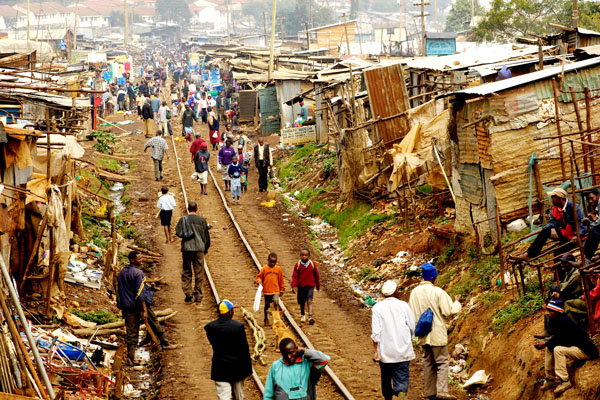While the 2010’s will be remembered as the decade in which the global 1% of humanity accumulated “unfathomable wealth,” it was, simultaneously, perhaps the best decade yet in terms of poverty alleviation, according to a Brookings Institute survey.
The ‘bigger picture’ Brookings indicates points to a halving of extreme poverty around the world over the past decade, from 15.5% in 2010 to 7.7%, currently. These statistics are largely influenced by what the study says was by the realization of a near eradication of poverty in China.
What the study says was a tipping point in the poverty alleviation process was reportedly arrived at in 2018, in which year more than half the world moved into the middle class bracket for the first time in human history. That development was reportedly attended by major declines in mortality rates among women and infants, both of which have been halved since 1990. Simultaneously, the available evidence suggests that primary education has become near-universal for both boys and girls while the global youth literacy rate rose to 91% as of 2016, though sub-Saharan Africa (75%) lags behind.
Other indicators of a rise in fortunes for the world’s bottom 50% of earners indicate that their incomes almost doubled between 1980 and 2016, according to Abhijit Banerjee and Esther Duflo, MIT professors and the 2019 Nobel laureates in economics.
There was, however, another side to the equation. Banerjee and Duflo write in Foreign Affairs that while the poor may have made encouraging strides out of poverty “the rich in already rich countries plus an increasing number of superrich in the developing world captured an astounding 27% of global growth.”
The story of the further meteoric rise in the fortunes of the world’s ‘filthy rich’ is reflected in the Forces Billionaire list over the past decade. Here are some telling revelations made in that list:
• In 2009, the world had 793 billionaires with a combined wealth of $2.4 trillion. There were 98 members of a more exclusive club: $5 billion or more.
• As of 2019, the world had 2,153 billionaires with a total net worth of $8.7 trillion. Membership of the $5 billion club quadrupled to 424, and 166 people now have at least $10 billion.
• To qualify as one of the world’s 100 richest people, you’d now need not $4.9 billion, as was the case a decade ago, but $14.4 billion.
In terms of growth in the number of billionaires, Asia bestrode the world. Whereas there were 130 billionaires in Asia a decade ago, there are reportedly now 729 with 324 in mainland China alone. But billionaires were not the only ones to cash in. Overall, the 2010s were a decade in which the world’s rich got much richer.
As the global 1% captured more and more of the pie, Banerjee and Duflo write, “The 49% of people below them, which includes almost everybody in the United States and Europe, lost out, and their incomes stagnated.”
The bottom line in all this is that while extreme poverty has reportedly been reduced, it remains far from eliminated, particularly in sub-Saharan Africa where poverty rates remain stubbornly high and fast-growing populations mean more people now live in poverty than a decade ago. In essence, a rising economic tide has lifted some to unprecedented heights while further millions around the world remain immersed in poverty.






